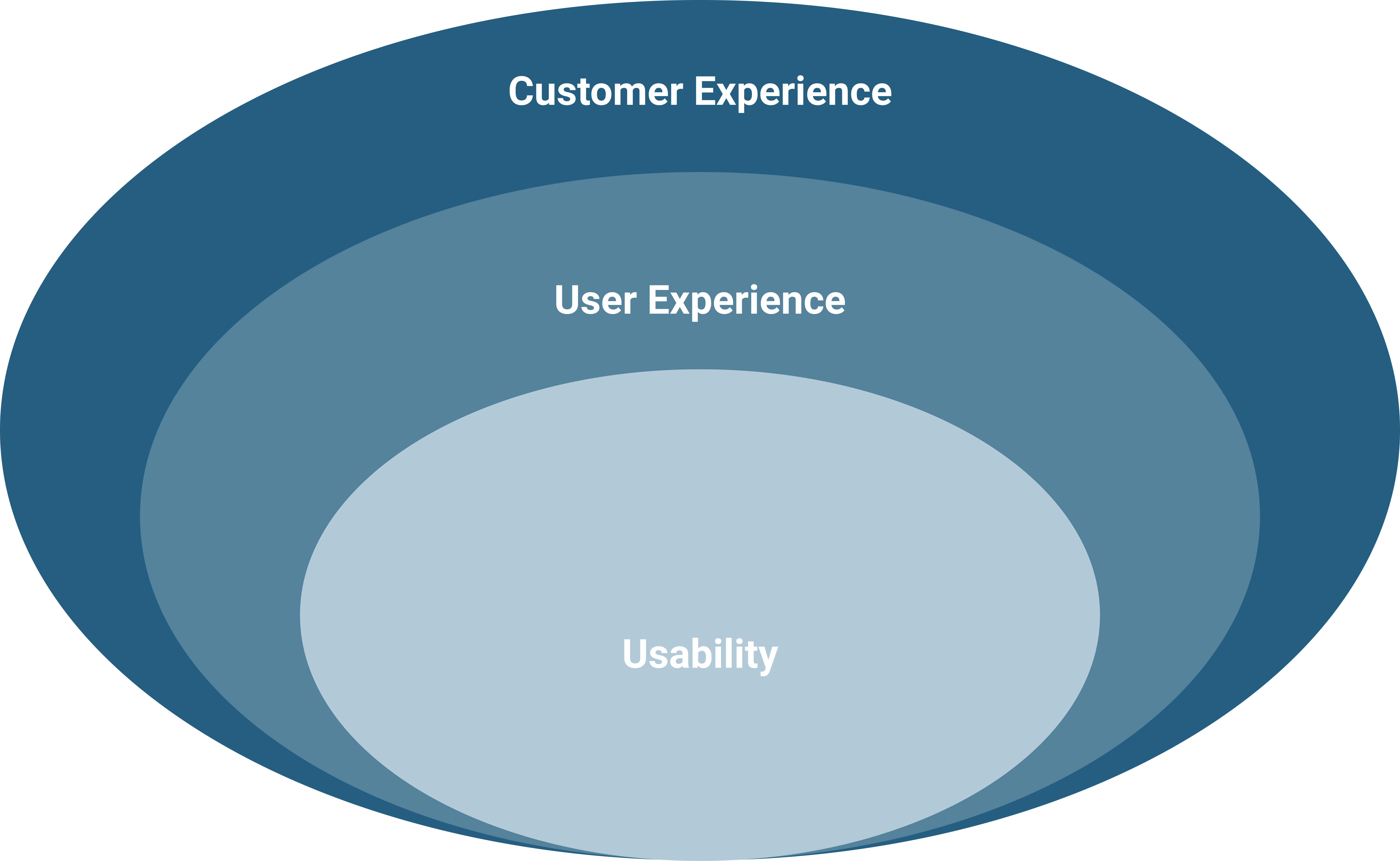In the field of UX, many terms are often confused. User Experience (UX), User Interface (UI), Customer Experience (CX), Usability are terms that people can intuitively say they mean different things, but can't really explain the difference. Today, let's focus on the difference between Usability and User Experience.
The meaning of Usability according to ISO
Extent to which a system, product or service can be used by specified users to achieve specified goals with effectiveness, efficiency and satisfaction in a specified context of use.
[ISO 9241-11:2018
1]
In order to survive, a digital product needs to be usable. If the process is too complicated, users will abandon it. Let's take an eCommerce as example: if I can't find the product I'm looking for on that website, I'm surely not going to buy it. Or even worse, I'll buy it from that brand's competitor, if that 's usable.

These are the five metrics to measure Usabilty:
- Learnability: how easy it is for users to complete a basic task (for example logging in the eCommerce website) the first time they interact with the design
- Efficiency: how fast can users complete a task once they have interacted with the design
- Memorability: when the user comes back on the website/ app/ etc after not having used it in a while, how easily can he/ she start using it again?
- Errors: how many mistakes do users make, how critical and how easily can they make up for them? (well detailed error messages can be very useful!)
- Satisfaction: how enjoyable is the use of the website?
Improve the Usability
In the next weeks, we will publish a blog post to compare UX testing and Usability testing and detail how to improve the experience and the usability.
A little anticipation: the most common method is User Testing, which consists of observing the real buyer persona while she/he completes (or tries to complete) tasks on the product itself.
Long story short, this is how it works:
- clients and real users of the website (for example an eCommerce) are involved in the test;
- they are assigned tasks, for example they are asked to find a specific item in the catalogue of the eCommerce;
- UX researchers observe users/ clients while they try to complete a task;
- UX researchers understand the issues and the strengths of the website and intervene on the design to improve it.
A little bit of history
After countless drafts, the
usability has become a standard ISO (
International Organization for Standardization)
in 1998. Of course, the ISO doesn't leave the standards unchanged for years. Every five years the standards are reviewed and changed, if necessary. After 30 years from the first draft and 20 from the first official publication, the
ISO
9241-11:2018 replaced the
ISO 9241-11:1998.
This review has included more systems and services into the standard. It also showed the edits listed below:
- larger range of goals are considered. They now include both personal and business goals,
- potential consequences of negative use have been added (health, security, privacy, etc)
- clarification on satisfaction (one of the KPIs to measure usability),
- efficiency has been defined in relation to the results that users reach rather than to the accuracy and completeness of said results.
Usability: what is the difference with User Experience
Usability is about efficiency, efficacy and satisfaction in reaching a goal. The User Experience concerns all the aspects of the Experience while the user interacts with a product.
According to Nielsen Norman Group, User Experience should match users and clients' needs, be simple, elegant and enjoyable. Basically, UX is a concept that contains Usability.
While Usability is focused on a user reaching a goal, the User Experience is a consequence of presentation, functionality, performance, interaction, etc. For this reason,
User Experience has to include concepts like usability, usefulness and desirability.

1 ISO
Usability Geek
NNGroup
